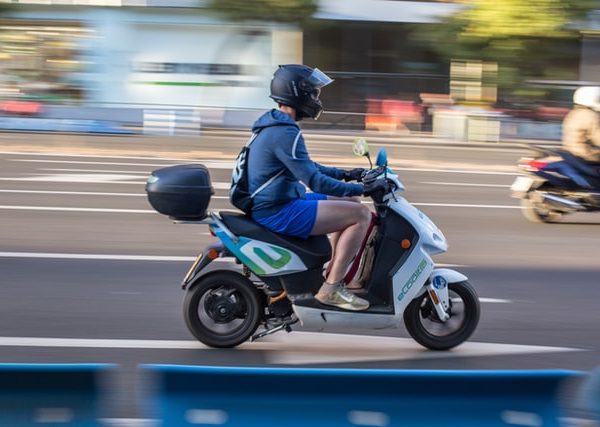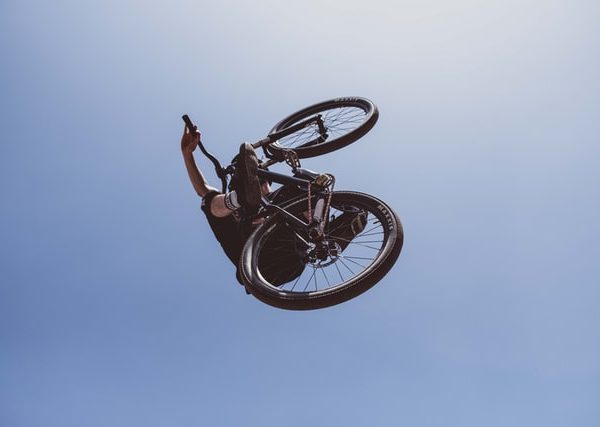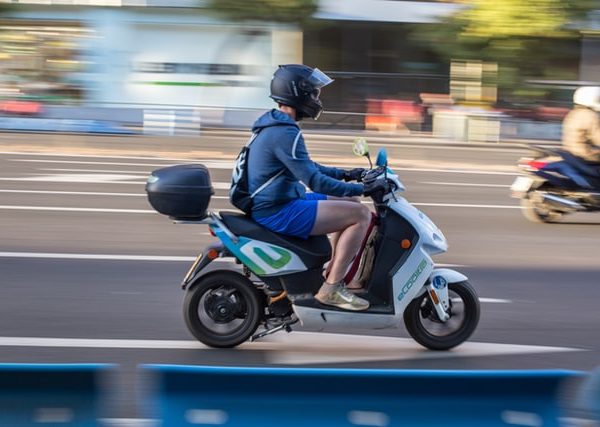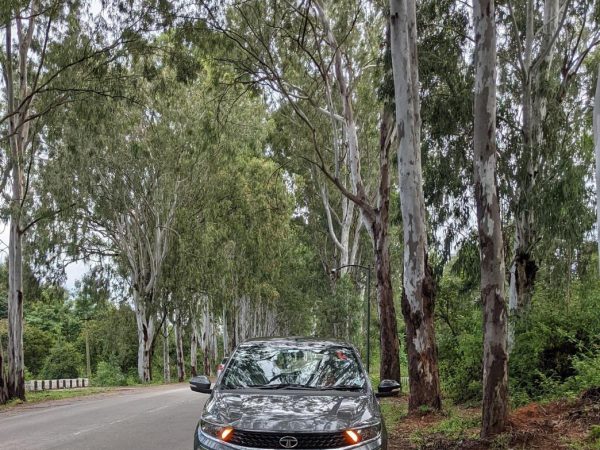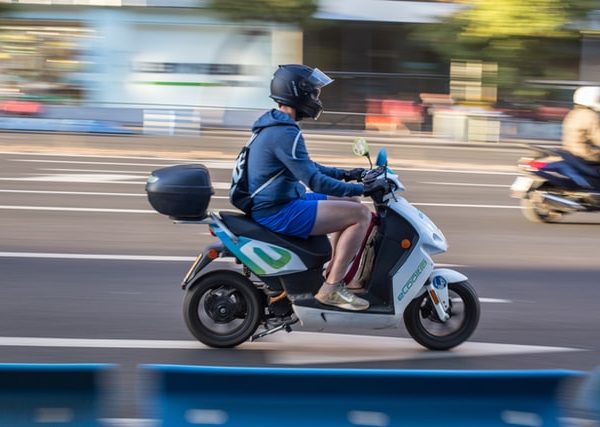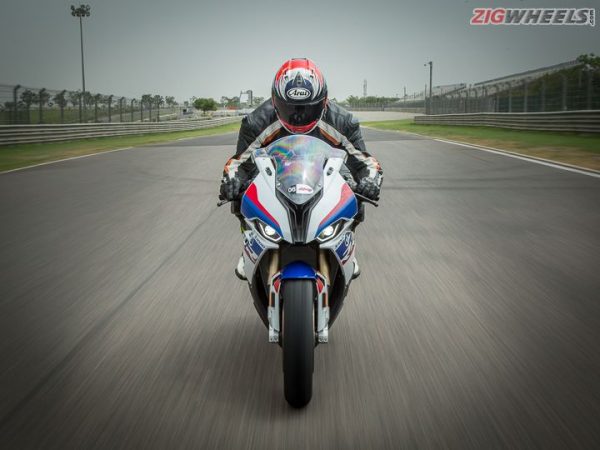The advantages of wearing tubeless wheels on mountain bike. – bikerbuys.com
Table of Contents
- How tubeless works:
- What are «tubeless ready» tires and tires:
- Does tubeless fluid seal all punctures?
- The great advantage of tubeless: weight reduction:
- Rolling at low pressures:
- How much does it cost to upgrade to tubeless wheels?
- Tubeless road wheels:
With this post I do not intend to convince anyone of anything, but I do want to demonstrate why tubeless is a practically infallible anti-puncture system.
If you are hesitating between mounting tubeless or tubeless wheels on your mountain bike , here are some reasons why the latter are worthwhile.
First of all, it is necessary to indicate that tubeless wheels require maintenance. It is minimal and quite inexpensive, but we cannot forget it because the fluid in these wheels has a certain useful life and must be renewed.
The most reputable manufacturers, indicates on their products that the anti-puncture fluid should be replaced every at least three months. This is due to the fact that the covers perspire through micro-pores and therefore the liquid tends to dry out.
The tubeless liquid is based on a mixture of ammonia, water and some chemical adhesive such as latex. Each manufacturer has its secret formula, but basically these are the elements used.
It can be done at home, as you can find in dozens of videos on the internet, but I have tried it myself and the truth is that it is not much cheaper than buying a liter in stores.

How tubeless works:
The basis of the operation of this liquid, which rests inside the tire (this must be Tubeless Ready, as well as the rim), is that at low pressures and with an air leak due to a small puncture, the liquid comes to the hole, and aided by its adhesive compound and the pressure leak, it seals that area quite safely.
Yes, it is true that pressure is lost, but in no case does it go below 1 bar, so we can finish the route comfortably without having to get off the bike. If we have a pump or CO2, it will not be the slightest problem.
What are «tubeless ready» tires and tires:
To convert our mountain bike wheels to tubeless, we need both the tires and the tire to be tubeless ready.
This means that the manufacturer has prepared these components to be able to remove the tubes and to be able to use a special tubeless valve. They are valves with removable core, and can be purchased together with the fluid and the rim tape.
This last element is very important since the rim must be completely isolated from the outside, without air leaks. If the rim strip is damaged or we have not placed the new one correctly, we will know it when we introduce the liquid and inflate the wheel.
If there are leaks, the liquid will act as a snitch (it is quite scandalous).
Does tubeless fluid seal all punctures?
Well, no. Unfortunately it is not 100% reliable, so it is recommended to carry a camera with you in case the tubeless does not perform its function.
And when does this happen? Well, in cases of cracks on the deck. A hole larger than 3mm will not be sealed by the liquid, so wicks are often used, a really effective puncture repair system, but not valid if we find cracks or holes larger than 3mm.
In this dramatic case, you must resort to a camera. The Tubeless valve and liquid must be removed and the chamber fitted.
There is a little trick for those cracks, although I have never been able to verify their reliability. It consists of putting inside the cover, swimming between the anti-puncture liquid, small pieces of shoelace, about 5mm in length.
The gurus of the sector comment that in this case, slits of up to 3mm would be sealed, without the need for a wick, even larger ones. I insist, they are popular inventions and theories, not supported by more than some personal experiences of a few.
The great advantage of tubeless: weight reduction:
While it is true that as an anti-puncture system it is great similar systems already existed such as cameras with liquid inside.
However, the fact of being able to eliminate the camera from the equation means that we save about 150 grams of weight on our bike, a reduction that if we try to apply to the handlebar, seat post or other components, it would be very expensive.
Rolling at low pressures:
Another advantage is the ability to shoot at low pressures without fear of the dreaded “snakebite” puncture from the camera. Rolling at low pressures, that is 1.4 bars for example, is very common in our days.
The wide tires, over 2.2 ” give us a great ball, and with pressures of 1.4 to 1.5 bar we have better traction going up, and greater safety when going down and when cornering, as well as greater comfort in areas with a lot of stone.
We do have to take into account the weight of the bike-cyclist when choosing pressures, but of course with tubeless wheels we can go below 2 bar in any case without fear of punctures or bead breaking.
At this point it is worth highlighting a relatively new product on the market: the Panzer. We are talking about a kind of foam ‘pool churro’, which is placed inside the tire, and which prevents not only that we slacken, but also those we can hit the tire in case of a sudden loss of pressure due to a generous puncture.
These systems have a great disadvantage, and that is that they absorb tubeless liquid. If in a normal tubeless assembly we must replace the 60-70 ml of anti-puncture liquid (we are talking about 29 ” every three months, using these Panzer-type protections we will have to replace the liquid in half the time.
How much does it cost to upgrade to tubeless wheels?
If your bike is not relatively modern (we are talking about 2017 onwards), you can buy a tubeless kit for average budget, although you will also have to change the tires since tubeless ready ones are less porous and therefore suitable for this anti-puncture system.
Tubeless road wheels:
This is another story. We speak of pressures of 6-7 even 8 bar, and therefore, too much force to withstand at the point of pressure leakage by the liquid.
For pressures up to 5 bars, it is more than proven that tubeless is a great anti-puncture system, especially in the face of very fine holes, caused by a small nail, or small crystals.
We would be talking in this case of 28 or 30mm tires. For 25 or even, 23mm tires. In road cycling the tubeless is really very green and still needs evolution, since at 7-9 bars it is not effective.
In conclusion, I highly recommend the use of tubeless wheels on mountain bikes. But even though I’ve been using it for several years and I am more than satisfied, I never go out without a camera in my tool bin just in case.


